Respect for the environment is increasingly present in households, thanks to the introduction of practices aimed at reducing the environmental footprint of our domestic activities. Waste separation is now widespread, traditional light bulbs have been replaced by low-consumption ones, shopping bags are being reused and there is greater awareness of our energy use. However, in the recesses of our homes there are still a myriad of products that can be environmentally harmful without our knowing it.
Here are some of the household products that we should perhaps eliminate from our lives in order to make our homes more sustainable.
1. Cosmetics with microbeads
Plastic microbeads began to be introduced in cosmetics, toiletries and cleaning products in the 1970s, but it wasn’t until the 1990s that brands began to incorporate them on a massive scale. Toothpastes, creams, lotions, shampoos and detergents began to include microbeads as the great innovation of the time to achieve an abrasive effect, replacing the materials of natural origin used until then.
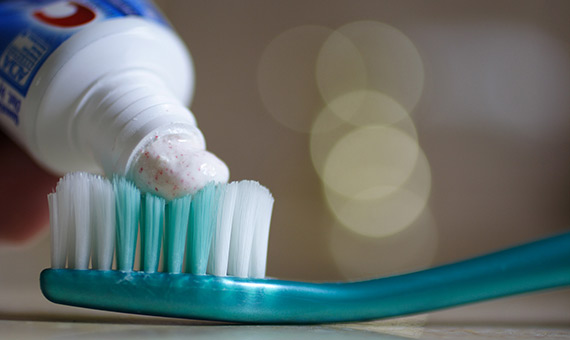
However, studies in this century have revealed that sewage filtration systems do not capture these sub-millimetre-sized particles and that these microplastics end up polluting marine habitats and their food chains at a rate of 1.3 million tonnes per year, 11% of all plastic pollution discharged into the oceans. Unlike secondary microplastics, which originate in the environment from the fragmentation of larger plastics, microbeads are primary microplastics that are deliberately added to products and dumped directly. As ecotoxicologist Henk Bouwman of North-West University wrote in The Conversation, “they are used to scrub skin for a minute or two before being washed into the environment, where they can stay for up to 10,000 years.”
Authorities in several countries are currently phasing out these cosmetics: the US banned their manufacture in 2017 and they disappeared from store shelves the following year. The UK followed suit the same year, and other countries have taken the same path. In contrast, the European Union is lagging behind, and in 2022 is still in the process of implementing the ban. Pending the global phase-out of these microplastics, a reduction in their sale depends on consumers opting for products without microbeads or with plant-based alternatives, such as crushed jojoba beans, oats, almond shells or coffee.
2. Coffee capsules
Capsule coffee machines have revolutionised breakfast for millions of people, offering a convenient and practical option to prepare a cafe-quality espresso or latte. Data from 2020 indicates that 27% of American coffee drinkers use these machines. In 2016, 48 billion capsules were sold worldwide, 27% metal and 73% plastic, with 70% of the global market concentrated in Western Europe and North America.
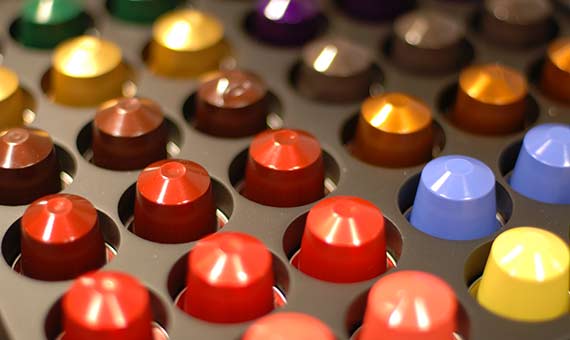
However, having your own personal coffee shop at home takes a toll on the environment: every year more than half a million tonnes of capsules end up in the trash. The scale of this pollution has prompted several initiatives in recent years: in 2016, the German city of Hamburg became the first to ban coffee pods from its public buildings, while Nespresso’s own former CEO, Jean-Paul Gaillard, called the pollution caused by this waste a “disaster“. In response to the criticism, the Nestlé-owned company launched a recycling campaign for its aluminium capsules using collection points. Other companies have opted to sell compostable capsules, but a 2021 review concludes that the solutions offered are still “insufficient for the treatment of this waste on a global scale.” Meanwhile, popular imagination has made coffee pods one of the preferred materials for recycled handicrafts.
3. Wet wipes
They started out as an invaluable aid for parents to cope with the messy time of changing a baby’s nappy, but they soon began to reinvent themselves as deodorants, make-up removers, disinfectants and hand soap substitutes, and even as toilet paper for adults. The COVID-19 pandemic boosted sales of disinfectant wipes, in some cases by as much as 200%, according to industry sources. But the runaway proliferation of these products comes with a dramatic consequence: fatbergs, enormous blobs that block sewage networks and are 93% made up of non-degradable wipes flushed down the toilet.
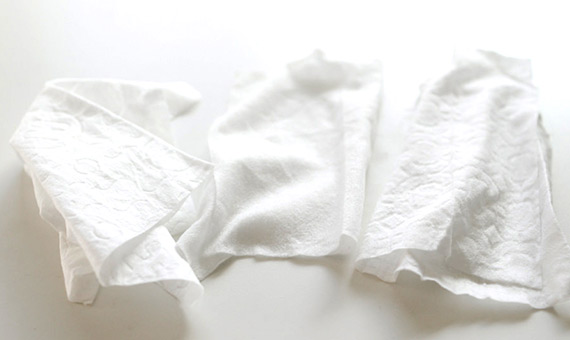
Since 2013, when a bus-sized fatberg had to be removed from London’s sewers, numerous cities around the world have suffered from this problem on even larger scales. Even if they successfully make it through the sewage system, wet wipes can remain in the environment for 100 years, generating microplastics. Manufacturers now tend to market wet wipes that can be safely flushed down the toilet, but to do so they must be biodegradable, dispersible and compatible with sewage systems, and studies show that not all products labelled as such meet these conditions. In the UK there is an initiative to ban the use of plastics in wipes. Another option, which is always more environmentally friendly, is to forgo disposable products altogether.
4. Some sunscreens
Since sun exposure is widely recognized as a risk factor for skin cancer, sun protection is a practice recommended by any health authority worth its salt. But what should we protect ourselves with? Research undertaken by the ecotoxicologist Craig Downs and other experts have shown that various ingredients in sunscreens are harmful to marine life, notably oxybenzone, an ultraviolet filter present in many of these products that is harmful to corals. In 2022, a Stanford University study found that coral cells metabolise this compound, turning it into the opposite of what it is: from a sunblock to a sunlight-activated toxin.
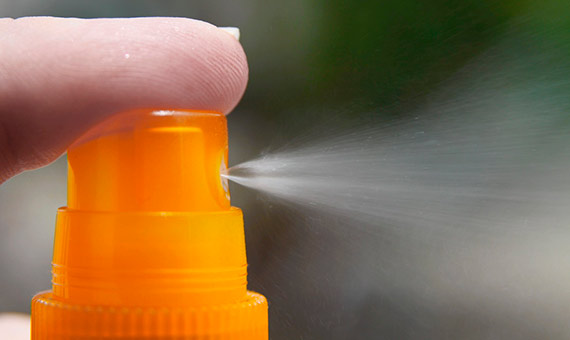
Some places have begun to act against this environmental threat: the state of Hawaii and elsewhere have already banned sunscreen lotions containing oxybenzone and octinoxate, another ingredient toxic to marine life. The problem, according to Downs, is that there is no clear alternative, as other filters can be equally toxic. For example, octocrylene, another sunblock used, is harmful to fish, corals and other invertebrates. The US Oceanic and Atmospheric Administration lists up to 10 ingredients in sunscreens that are harmful to marine life. According to some experts, the “reef-safe” label on some sunscreens is currently just a marketing claim with no real meaning, as there are no standards in place. Without a doubt, the greenest option is… the shade.
5. Disposable chopsticks
The popularity of Asian food throughout the world has multiplied the use of chopsticks, which in the vast majority of cases are disposable. Although they may look like innocent utensils, they are actually a disposable wood product. According to data published by the Chinese government, in 2011 the country produced 57 billion pairs of chopsticks, which required the felling of 3.8 million trees, or more than 1.18 million square metres of forest. Half of this production is consumed in China itself, while 77% of the rest is exported to Japan. Although it is widely believed that chopsticks are made from wood waste or fast-growing species, much of the production comes from mature trees.
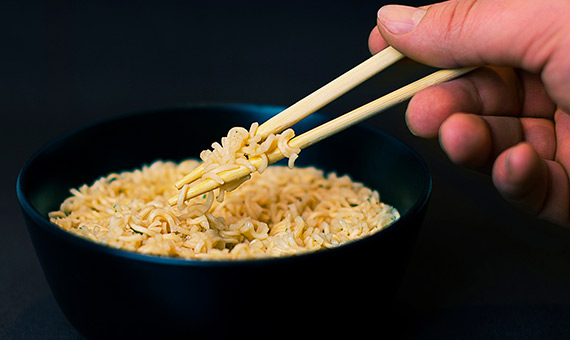
To raise awareness of this problem, Greenpeace erected a quartet of five-metre-tall trees in Beijing made from more than 80,000 recycled chopsticks. For the environmental organisation and other experts, the solution is to say “no” to disposable chopsticks and stick to reusable ones. There is also a humanitarian reason to embrace this option: according to Amnesty International, many of the chopsticks China exports are produced in forced labour camps.
6. Plastic tea bags
In recent years, several tea companies have replaced the traditional paper sachet with a mesh one with a silky feel and an often pyramidal shape. These new bags are marketed as the gourmet option, since they usually contain larger leaf fragments and even whole leaves. But they are not necessarily more environmentally friendly: many of them are made of nylon or polyethylene terephthalate (PET), which increases our consumption of plastic. In addition, and given that limiting the reuse of disposable bottles is now recommended because of the potential for the liquid to become contaminated, drinking herbal teas boiled in the same plastics may not be the most advisable thing to do. In fact, a study by McGill University in Canada revealed that boiling a single plastic tea bag releases 11.6 billion microplastic particles and 3.1 billion nanoplastics into the cup.
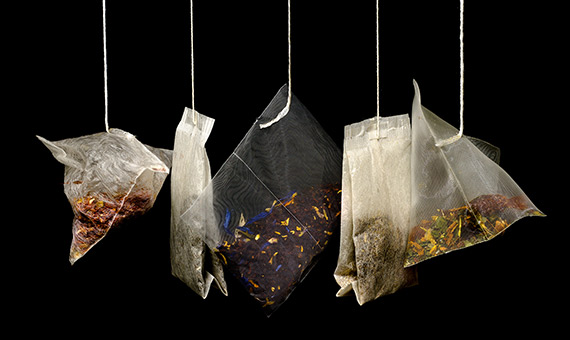
What’s more, even traditional paper tea bags often contain a small amount of polypropylene to seal the bag. According to one estimate, 96% of tea bags sold in the UK contain this non-biodegradable plastic. Some brands use a bioplastic such as polylactic acid, which is made from plants, but it is still a single-use plastic. There are initiatives to make tea bags 100% compostable, but the most environmentally friendly option is to buy unpackaged tea and use reusable tea infuser balls.
7. Glitter
One of the favourite materials of many children is the latest to join the list of household items that may be less innocuous than they appear. When a chain of nursery schools in the United Kingdom decided to stop using glitter for environmental reasons, it revealed a fact that some scientists had already warned about: glitter is nothing more than tiny fragments of PET, a microplastic that contaminates the aquatic environment like other microplastics.
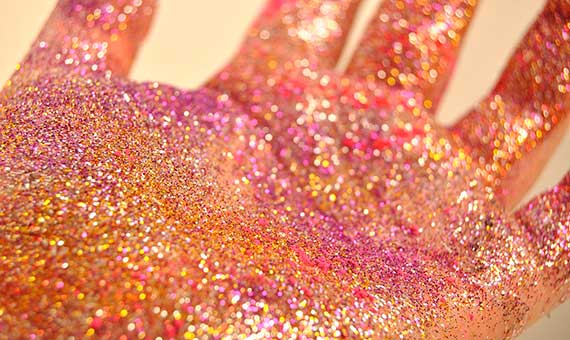
Some experts support an initiative to ban plastic glitter, while others are more cautious, pointing out that there is still not enough data. For those who adhere to the precautionary principle, biodegradable alternatives are already on the market. However, environmental organisations such as the Marine Conservation Society warn that there is no standard biodegradable term for these products, and that “biodegradable microplastics can still be persistent and cause similar ecological effects to conventional microplastics.” Some brands are embracing compostable glitter, but it is obvious that used glitter is unlikely to be composted.
Comments on this publication